Bird of Paradise: Growing Guide for Striking Tropical Beauty
Discover how to grow, care for, and enjoy the dramatic beauty of Bird of Paradise plants indoors and out
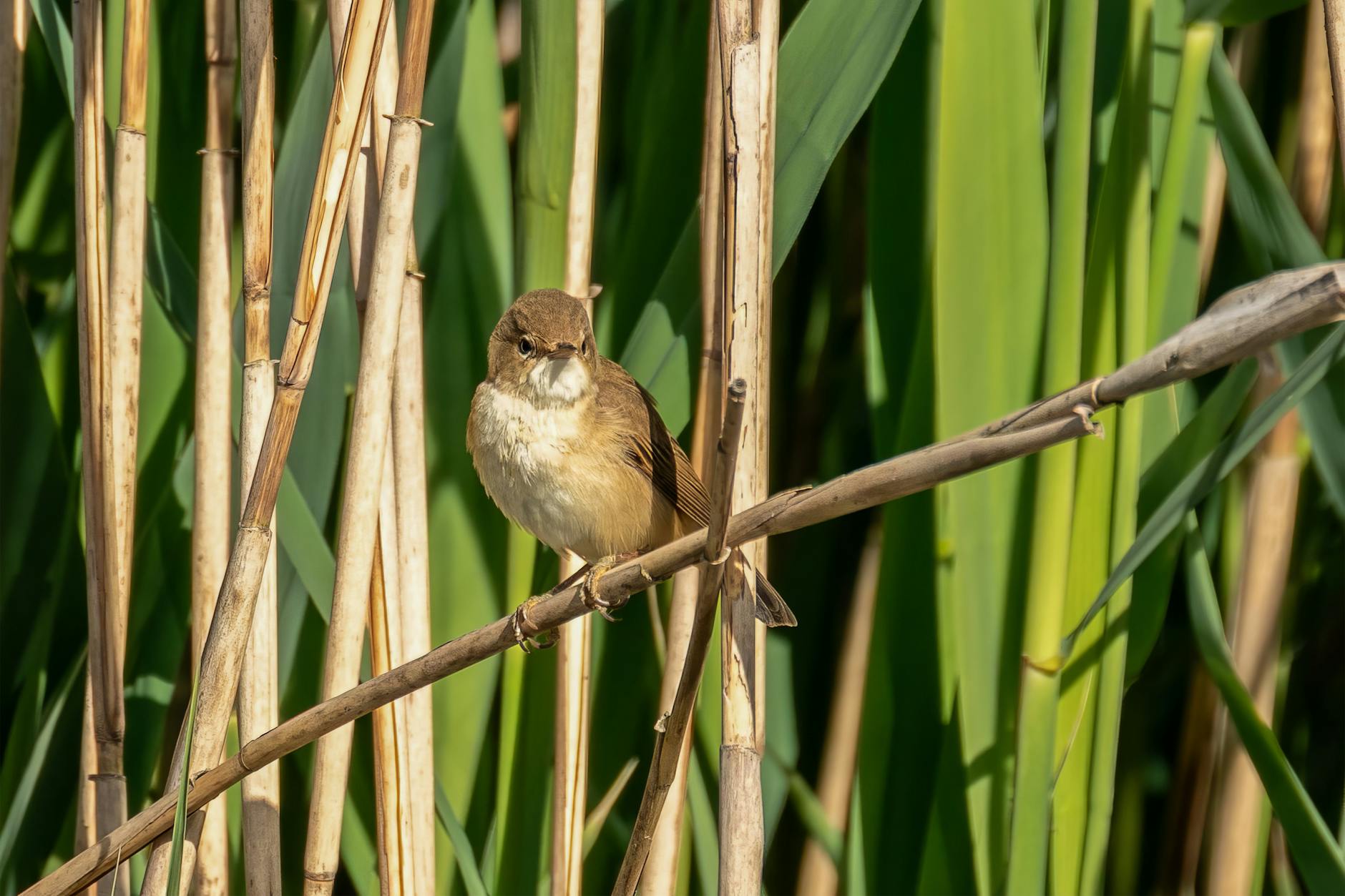
All About Bird of Paradise Plants
The Bird of Paradise (Strelitzia) stands as one of the most recognizable tropical plants, celebrated for its dramatic foliage and extraordinary flower display that resembles an exotic bird in flight. Native to South Africa, this striking perennial has become a beloved addition to both indoor collections and outdoor tropical landscapes throughout warmer regions of the world.
With its large, paddle-shaped leaves and unique orange and blue flowers emerging from boat-like bracts, the Bird of Paradise adds an instant tropical feel to any space. These herbaceous perennial plants belong to the Strelitziaceae family and have become symbols of paradise, freedom, and joy in many cultures.
Types of Bird of Paradise
While there are several species within the Strelitzia genus, two varieties are most commonly cultivated for home and landscape use:
Strelitzia reginae (Orange Bird of Paradise)
This is the classic Bird of Paradise that most people picture when they hear the name. Growing 3.5-6 feet tall and 3-4 feet wide, it produces the iconic orange and blue flowers that resemble a bird’s head. Its paddle-shaped leaves form a fan-like arrangement, creating a beautiful tropical accent even when not in bloom. Strelitzia reginae blooms primarily from late winter to early spring, though in ideal conditions, it may flower sporadically throughout the year.
Strelitzia nicolai (White Bird of Paradise)
Sometimes called the Giant Bird of Paradise or Wild Banana, this larger cousin can reach impressive heights of 15-30 feet in optimal conditions. Unlike its more colorful relative, Strelitzia nicolai produces white and blue flowers that emerge from purplish-black bracts. The foliage is significantly larger, with banana-like leaves that can span several feet, creating a dramatic architectural statement in spacious interiors or as a landscape focal point.
Growing Bird of Paradise
Whether you’re looking to grow Bird of Paradise indoors as a statement houseplant or outdoors as part of a tropical landscape, understanding its fundamental growing requirements is essential for success.
Light Requirements
Bird of Paradise plants can thrive in various lighting conditions but perform best in bright, indirect sunlight. When grown indoors, place your plant near an east or north-facing window for optimal light exposure. If only areas with direct sunlight are available, rotate the plant regularly to ensure even growth and prevent scorching of the foliage. For outdoor specimens, full sun will encourage more prolific blooming, though in extremely hot climates, some afternoon shade may be beneficial.
Temperature and Humidity
As tropical natives, Bird of Paradise plants prefer warm temperatures and moderate to high humidity. They thrive in daytime temperatures between 65-70°F (18-21°C) and nighttime temperatures around 50°F (10°C). These plants are not cold-tolerant and will recover slowly from frost damage, so it’s crucial to bring outdoor specimens indoors when temperatures drop below 50°F. For indoor plants, maintain temperatures above 60°F (15°C) during winter months.
Regarding humidity, Bird of Paradise plants generally prefer higher humidity levels, though they can adapt to average indoor conditions of 30-50% humidity. In particularly dry environments, consider using a humidifier, pebble tray, or regular misting to increase moisture levels around your plant. This extra humidity will help prevent leaf splitting and brown edges, especially during winter months when indoor heating systems can significantly dry the air.
Soil and Planting
The ideal soil for Bird of Paradise is a well-draining, loamy mixture with a slightly acidic pH. For container-grown specimens, a high-quality potting mix enhanced with peat, perlite, or sand works excellently by providing necessary drainage while retaining sufficient moisture. This combination promotes healthy root development and ensures proper aeration, preventing the waterlogged conditions that can lead to root rot.
When planting outdoors, choose a location that offers protection from strong winds, which can damage the large leaves. Allow sufficient space for the plant to reach its mature size—at least 3-4 feet in width for Strelitzia reginae and considerably more for the larger Strelitzia nicolai. For container planting, select a pot that is slightly larger than the root ball and has adequate drainage holes.
Bird of Paradise Care Tips
Watering Requirements
Bird of Paradise plants can be heavy drinkers, particularly during the active growing season. The general rule is to water deeply when the top inch of soil becomes dry, which typically translates to once a week for most indoor environments. During winter, when growth naturally slows, reduce watering frequency but never allow the soil to completely dry out.
When watering, thoroughly saturate the soil until water flows from the drainage holes, then allow the excess to drain completely. This method encourages deeper root growth and helps flush out salt buildup from fertilizers. Avoid letting the plant sit in standing water, as this can quickly lead to root rot and other moisture-related problems.
Fertilizing Schedule
As vigorous growers with large foliage and impressive flowers, Bird of Paradise plants are heavy feeders that benefit from regular fertilization. During the active growing season (spring and summer), apply a balanced, water-soluble fertilizer with equal parts nitrogen, phosphorus, and potassium (1:1:1).
For optimal results, fertilize every two weeks in spring, transitioning to monthly applications during summer. Suspend fertilization during fall and winter when growth naturally slows. Alternatively, slow-release fertilizer pellets applied in spring can provide a steady nutrient supply throughout the growing season.
Pruning and Maintenance
Proper pruning plays a vital role in maintaining the health and appearance of your Bird of Paradise. Using clean, sharp pruning shears, remove any damaged, yellowing, or dead leaves at their base. This not only improves the plant’s aesthetic appeal but also redirects energy toward new growth and potential flowering.
Regular cleaning of the large leaves will keep them dust-free and able to maximize photosynthesis. Simply wipe the foliage with a damp cloth occasionally, being careful not to damage the waxy surface. Additionally, rotating your indoor plant quarterly ensures even growth and prevents it from leaning toward light sources.
Propagation Methods
There are several methods for propagating Bird of Paradise plants, with division being the most reliable for home gardeners.
Division
The most common and successful method of propagation is through division of mature plants. This is best done during spring when the plant is entering its active growth phase. Carefully remove the plant from its container or dig up a section of an established garden specimen. Using a sharp, sterilized knife, separate the rhizomes, ensuring each division has adequate roots and at least three stems of foliage. Replant the divisions in appropriate containers or garden locations, keeping them consistently moist until new growth appears, indicating successful establishment.
Seeds
While propagation from seeds is possible, it requires significant patience as Bird of Paradise seeds can take anywhere from three to five years to develop into flowering plants. To improve germination, soak seeds in warm water for 24-48 hours before planting. Sow them in a well-draining seed-starting mix at a depth of about half an inch, maintaining warm soil temperatures between 70-75°F (21-24°C). Germination typically occurs within one to three months, after which seedlings can be carefully transferred to individual containers.
Troubleshooting Common Problems
Pests and Diseases
Bird of Paradise plants are generally resistant to serious pest and disease issues, but they can occasionally face challenges. Common pests include spider mites, scale insects, and mealybugs, particularly in indoor environments with low humidity. Regular inspection of the foliage, especially the undersides of leaves, can help catch infestations early. Treat affected plants with insecticidal soap or neem oil, applying according to package directions.
Regarding diseases, root rot represents the most significant threat, typically resulting from overwatering or poor drainage. Symptoms include yellowing leaves, a foul smell from the soil, and mushy roots. If caught early, the plant can often be saved by removing it from the pot, trimming away affected roots, and replanting in fresh, well-draining soil.
Leaf Problems
Yellowing or browning leaves often indicate watering issues. Yellowing typically suggests overwatering, while brown, crispy edges point to underwatering or low humidity. Natural leaf splitting is characteristic of Bird of Paradise plants and actually helps them withstand strong winds in their native habitat. However, excessive splitting might indicate low humidity levels, which can be addressed with increased misting or humidifier use.
Flowering Information
The spectacular blooms are, of course, what make Bird of Paradise plants so coveted. However, patience is essential, as these plants typically don’t flower until they reach maturity—usually after three to five years for container specimens. Even then, specific conditions must be met to trigger blooming.
The primary blooming period occurs from late winter to early spring, though well-established plants in ideal conditions may flower sporadically throughout the year. To encourage flowering, ensure your plant receives adequate light (bright indirect light indoors or full sun outdoors), maintain proper feeding during the growing season, and allow the plant to become slightly root-bound in its container.
Frequently Asked Questions
Q: How often should I repot my Bird of Paradise?
A: Bird of Paradise plants generally need repotting every 18-24 months, or when roots begin circling the container or growing through drainage holes. However, these plants actually bloom better when slightly root-bound, so don’t be too quick to move them to larger containers.
Q: Why isn’t my Bird of Paradise flowering?
A: Several factors could prevent flowering, including insufficient light, improper fertilization, or the plant’s age. Bird of Paradise typically needs to be at least 3-5 years old before it will bloom, and requires bright light and regular feeding during the growing season to support flower production.
Q: Is Bird of Paradise toxic to pets?
A: Yes, Bird of Paradise plants are toxic to cats and dogs. All parts of the plant contain toxic compounds that can cause mild to moderate symptoms if ingested, including nausea, vomiting, drowsiness, and in some cases, difficulty swallowing. Keep these plants out of reach of curious pets.
Q: Can I grow Bird of Paradise in cold climates?
A: Bird of Paradise plants are only hardy in USDA zones 10-12. In colder regions, they must be grown as houseplants year-round or moved indoors before temperatures drop below 50°F (10°C). In marginally cold areas, heavy mulching might provide sufficient winter protection for established plants.
Q: How do I clean the large leaves of my Bird of Paradise?
A: Gently wipe the leaves with a soft, damp cloth to remove dust and debris. For glossier leaves, you can use a few drops of neem oil on your cloth. Avoid using leaf shine products, as these can clog the leaf pores and interfere with the plant’s natural processes.
References
- https://www.leonandgeorge.com/pages/care-bird-of-paradise
- https://greeneryunlimited.co/blogs/plant-care/bird-of-paradise-care
- https://www.thespruce.com/how-to-grow-strelitzia-1902742
- https://tropicalplantsofflorida.com/bird-of-paradise-plant-care-guide/
- https://www.livelyroot.com/blogs/plant-care/bird-of-paradise-care-and-growing-guide
Read full bio of medha deb



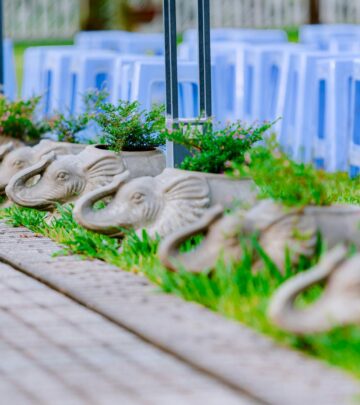
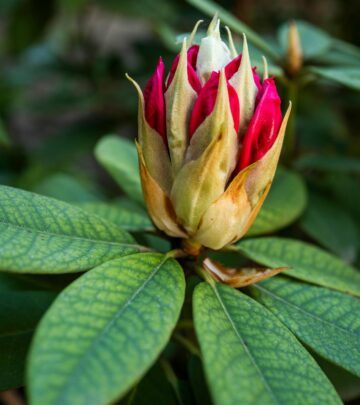
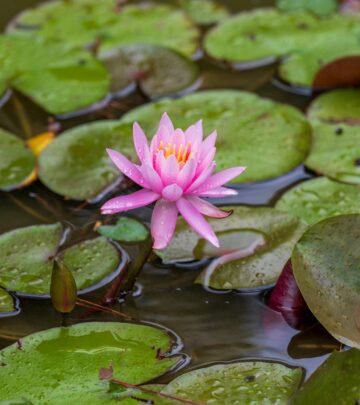
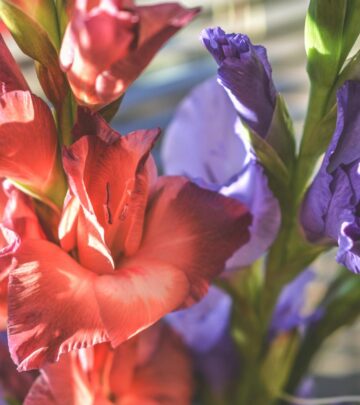
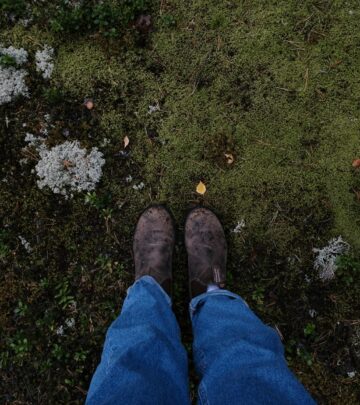
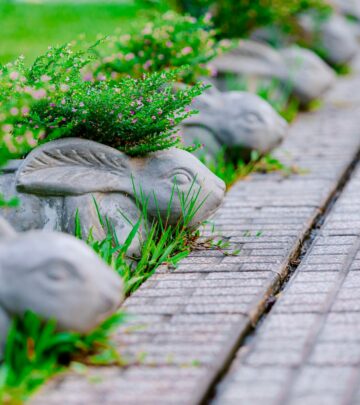


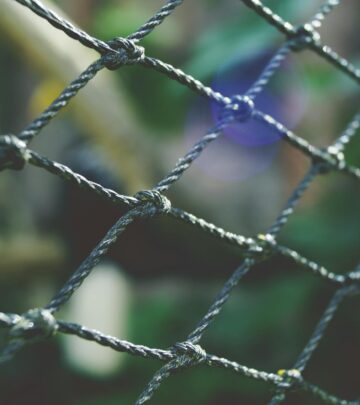
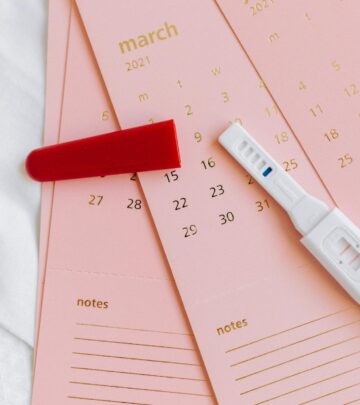
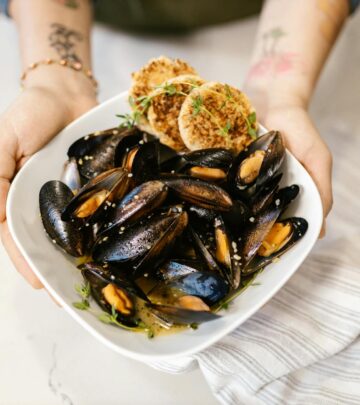
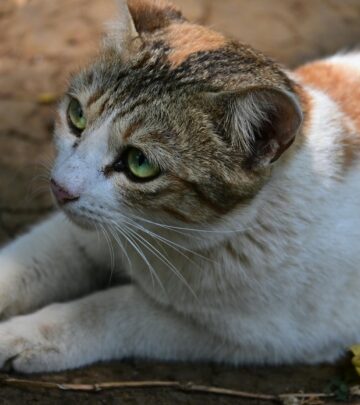



Community Experiences
Join the conversation and become a part of our empowering community! Share your stories, experiences, and insights to connect with other beauty, lifestyle, and health enthusiasts.